Cylinder head: Did you know what is its function?
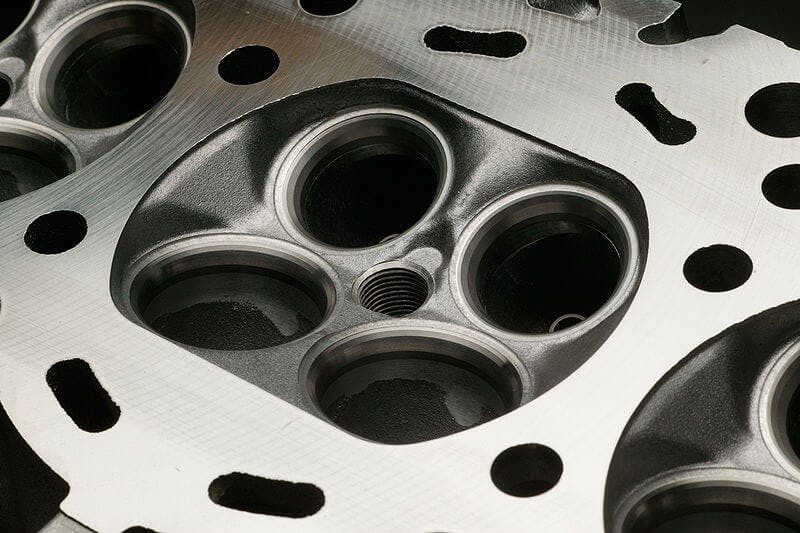
The cylinder head is one of the basic parts of an internal combustion engine. The cylinder head closes the cylinder block from above, which is attached with screws.
In this article, we will shed light on the function of the cylinder head, what materials it is made of, and how it manifests itself if damaged.
Inhaltsverzeichnis
What is a cylinder head?
The cylinder head is part of the internal combustion engine that contains the channels of the intake and exhaust tracts, injection nozzles, spark or glow plugs, parts of the valve train, and the valves themselves with guides and valve seats.
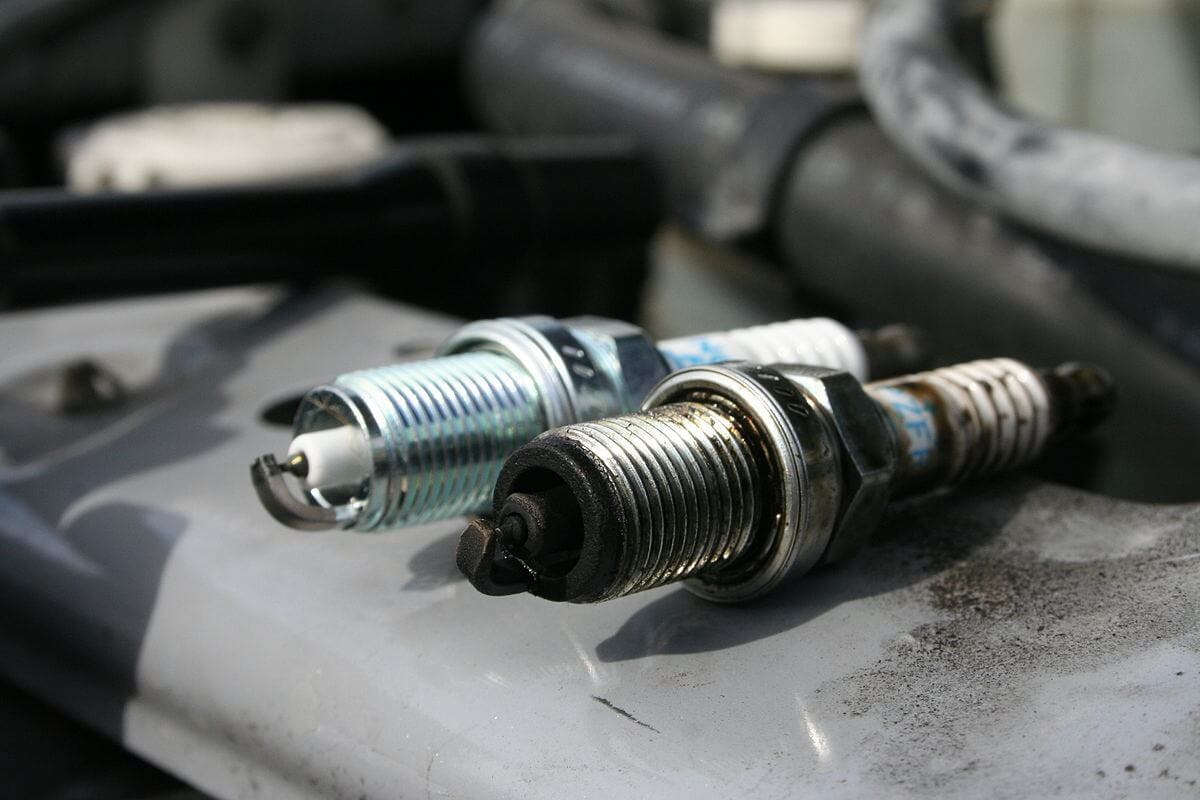
Spark plugs: How do they work, and what's their lifespan?
The cylinder head can be one for the entire engine, one for each cylinder, or a separate row of cylinders.
Cylinder head and its function
- shapes and closes the combustion space
- forms a compression space
- ensures the cooling of the combustion space
- enables the replacement of the cylinder filling
- ensures the placement of injectors and candles
An essential part of the cylinder head is the combustion space, which has an impact on the course and noise of combustion, engine consumption, and torque, while the following requirements must be met:
- an optimal swirling of the cylinder filling
- prevention of engine knocking
- use of the largest possible number of valves and valve diameter
- compactness limiting heat losses
Therefore, the combustion process occurs in the cylinder head, so its design must ensure the best possible replacement of cylinder filling. The heat generated during the combustion process must be removed as quickly as possible, secured by small holes and channels formed in the cylinder head, into which the coolant flows.
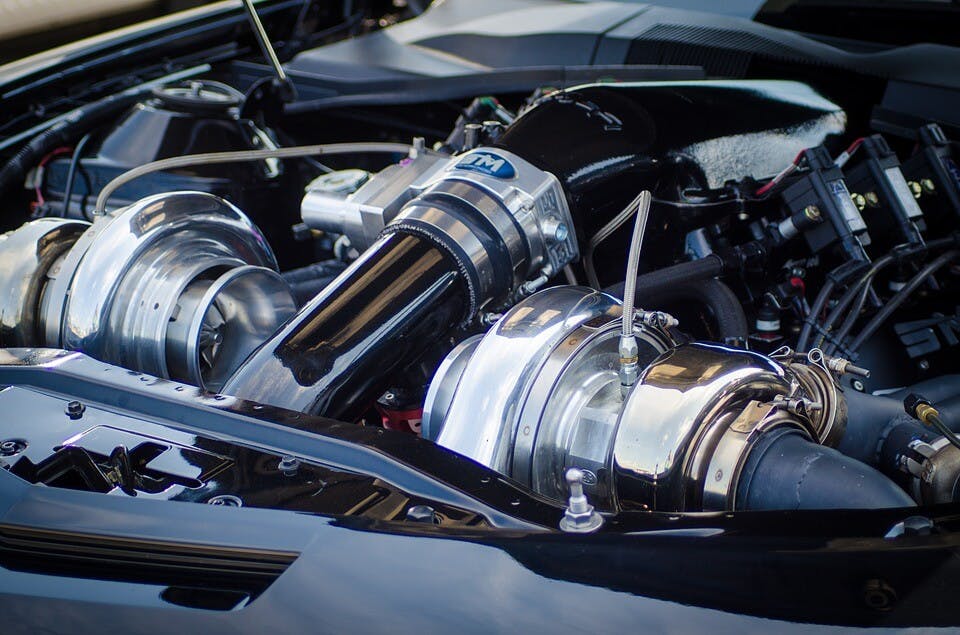
Engine Power And Torque: Which of these parameters is more important?
A plastic cover on the cylinder head covers the valve train and prevents oil from leaking into the engine area. Now you know that the combustion engine's most important activities occur in the cylinder head.
What is the cylinder head made of?
Older engines were equipped with a cylinder head made of cast iron. Modern engines' cylinder heads are made of aluminum alloy, mainly because of their lower weight and excellent thermal conductivity.
A gasket between the cylinder head and the engine block prevents engine oil from mixing with coolant. The seal can be all-metal or metal, combined with different materials.
How does a damaged cylinder head manifest itself?
The cylinder head is a mechanically and thermally extremely stressed engine component, so it can be damaged if mishandled. The most common cause of cylinder head failure is thermal overload and, thus, overheating.
Therefore, a damaged cylinder head is most often manifested by a loss of coolant, which may be accompanied by white smoke from the exhaust, not immediately after starting a cold engine, but after the engine warms up to operating temperature.
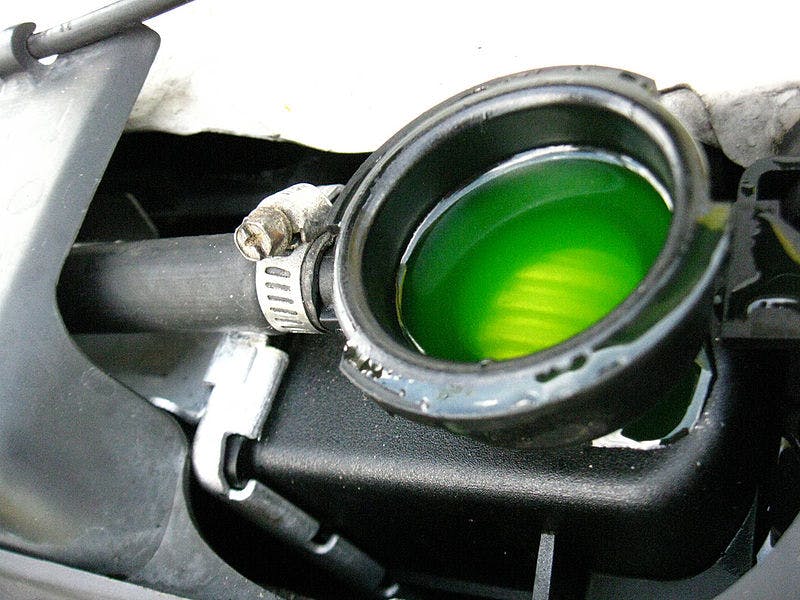
Coolant Liquid: What do the different colors mean?
Another sign of a damaged cylinder head is traces of oil in the coolant. These can be detected very simply by opening the lid of the coolant expansion tank. The cylinder head is likely damaged if there are greasy stains in the coolant. Besides that, the cylinder head gasket could be damaged as well.
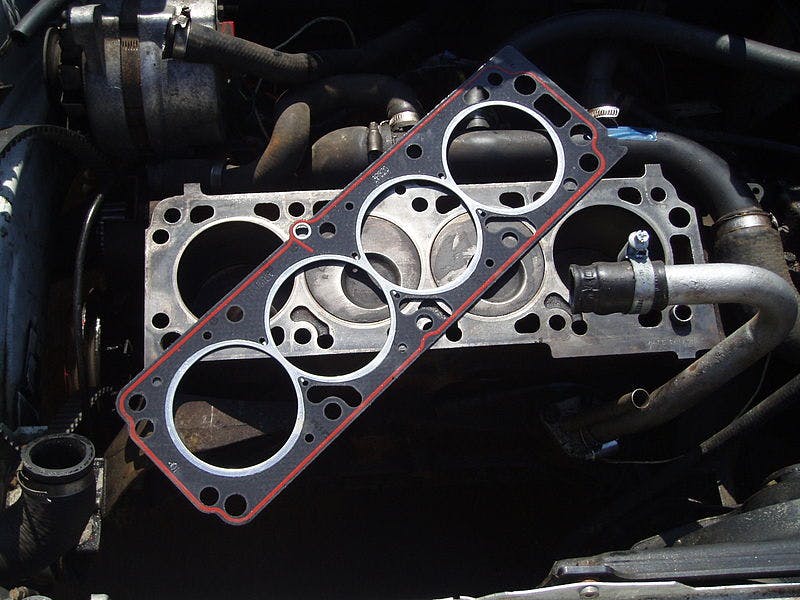
The third manifestation of a damaged cylinder head can be the formation of an emulsion on the cap through which engine oil is poured. This emulsion is usually white to brown. The emulsion on the bottom of the lid can also form during short journeys and cold weather, so it does not always have to be a damaged cylinder head.